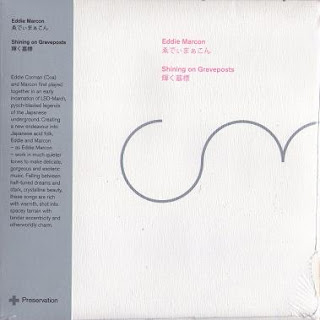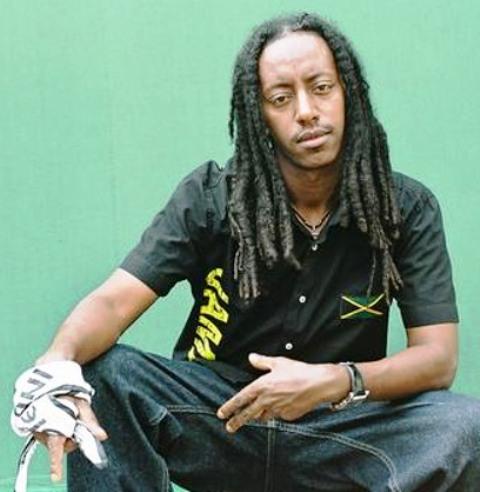

And Orthodox Christianity is the second significant religious domination (about 25%). With regard to the religious affiliations, it is witnessed by many that most of the residents of the town (around 70%) are Muslims. But the quest for the true figure of the population of Galamso and many other factors remained unanswered. On the other hand, Hirna town, which is twice as large as Mieso has only 11,650, something very difficult to believe.įree viewers say that the census has defects, and the Ethiopian government admitted that. On the other hand, many inconsistencies of the report may induce one to reject its conclusionįor example, the report says that the town of Mieso has a population of 13,339, exceeded by Galamso only with 3000 souls. which can not express the reality of the town. People who refuse the report demonstrate their argument simply by the sex ratio of the population (19 males/15 females). However, this report is unacceptable to many people and organizations, including authorities in the departments of the district and zonal administrations. However, as the name Galamso can never be found at any other place in the Oromo lands (in the whole of Ethiopia and the world either), and as it has no exact meaning in Oromo or any other language, it might be sound to conclude the ancient Galma Usso gave rise to the current Galamso, the name of the town.īased on figures from the Central Statistical Agency, the result of the third Ethiopian census (undertaken in May 2007) shows that Galamso has total population of 16,484, of which 9,003 are male and 7,481 are female. This story is in not documented, while the Islamization effort of Aw Seid has been discussed by different scholars. The name Galma Usso was introduced in this way, and in the long period of time, it evolved to Galamso. Here, as elders say, galma stands to notify the spiritual significance of the newly built structure, (even though galma originally refers to the worshiping house of the traditional Oromo religion, the Oromos used to call the worshiping house of any faith by this name) and Usso denotes the owner of the house (in this case Aw Seid). When Aw Seid built his mosque in the southern part of the current site of Galamso town, the Oromo started to call it galma Usso.

Accordingly, he became ilma gosa or the adopted son of the Warra Qallu sub-group within the Ittu Oromo division of the Eastern Oromo, and on his adoption ceremony, the Oromos named him Usso.

Ethiopian old music ketema mekonnen full#
Local history tellers say that in order to achieve his target, Aw Seid had to seek a means that enables him live in the land of the Oromos with full citizenship rights, which could be accessed under the tradition of the Oromo people at that time. Since then, Seid Ali has been called Aw Seid. ( Aw meaning father in Harari language, and male saints are usually called with this title.). descendant of Prophet Mohammed) It was in latter periods that his followers who believed in his sainthood added a prefix Aw to his name, in the manner of the Harari and the Somali who call their saints and national heroes so. His real name was Seid Ali and according to the oral history of the Ittu Oromo], he was a Sharif (i.e. The Ittu Oromo who are usually mentioned as the native Oromo group of the Chercher highlands, says AW Seid was the first person to start an Islamization campaign in their land. The Oromo elders explain the case as follows. As galma usually refers to the worship house under the traditional ( Waqefanna) religion of the Oromos, we may wonder why the mosque was called so. Oral history says the name Galamso came from the Oromo phrase Galma Usso, meaning the Hall of Usso or House of Usso, a mosque named for a man who came to preach Islam to the Ittu Oromos in the 13th century, called by his followers Aw Seid, and by the Oromos with his given name Usso after he was made ilma gossa or the adopted son of the Warra Qallu clan of the Ittu Oromo.



 0 kommentar(er)
0 kommentar(er)
